September ISO50 Newsletter
The September issue of the ISO50 newsletter is up. Get them while they’re hot! To have the newsletter conveniently delivered straight to your inbox, sign up here.
ISO50 Playlist 5 – Compiled by Aarnio
Track Listing:
Casino Versus Japan – It’s Very Sunny
Bullion – Caroline, No
Ducktails – Landrunner
Atlas Sound – Walkabout
THE DRUMS – Submarine
The xx – Shelter
Washed Out – Feel It All Around
Dam Funk – Sunset
Fleetwood Mac – Dreams (Mingus Rude edit)
Gold Panda – Quitters Raga
Fever Ray – Triangle Walks
Kings Of Convenience – Mrs Cold
The Radio Dept. – David
The Canyons – Apples and Pears
Bibio – Fire Ant
Burial & Four Tet – Wolf Cub
Manuel Tur – Stay Feat. Larissa Kapp
Adelaide – Bombardiers
Sorcerer – Distort Yourself
Lindsey Buckingham – Trouble
STL – Silent State
Broker/Dealer – To Hear the Fires
Coma – Sum
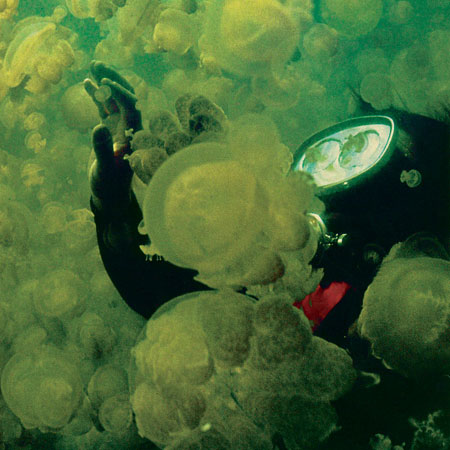
Just a quick reminder that tonight I’ll be playing in Austin at The Parish Room. This will be an all ages show (my first in a while), you can get presale tickets here.
On a side note, looking forward to making it through my first successful set with the new SSD running things.
Time to head out to the airport, see you tonight…
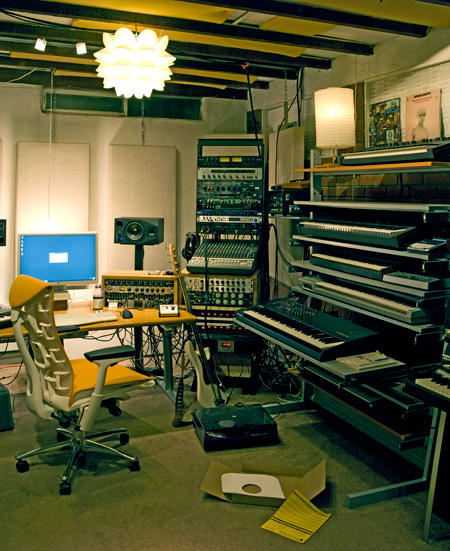
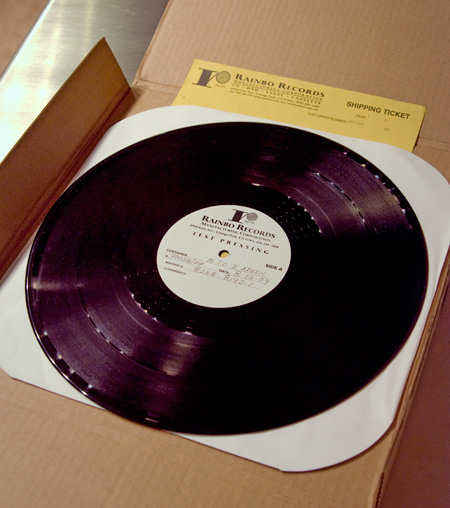
Test pressing of Tycho - Costal Brake 12 Inch
Luckily, during this time I’ve been able to get the new Tycho 12″ wrapped up and I finally got the test pressing in (shown above). The 12″ will feature a new single — “Coastal Brake” — along with 3 remixes by Lusine, Hatchback, and Manual. It feels good to finally have all the artwork and music done for this one, the final step is ok’ing this test copy. I also did my first offset print job in a while (click for some images) as part of this project, the posters will be included with the record. Looking back, this single has been about as much work as it was to put together my last album, funny how that works.
After I get back from Austin it will be time to really focus in on finishing up this new album. For some reason whenever I go out of town, when I return my house looks like a bomb went off. I guess things just get out of hand and disorganized when I’m rushing to get packed up. I hate returning to the mess because it’s really stressful to try to work in a disorganized environment. So I finally got some free time over the past few days and reorganized the place and got the studio back in order. Hopefully now when I return it will be a smooth transition back into work.

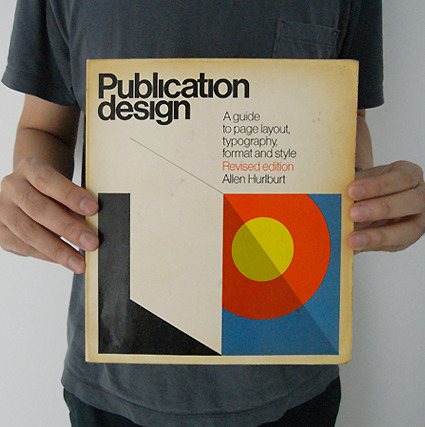
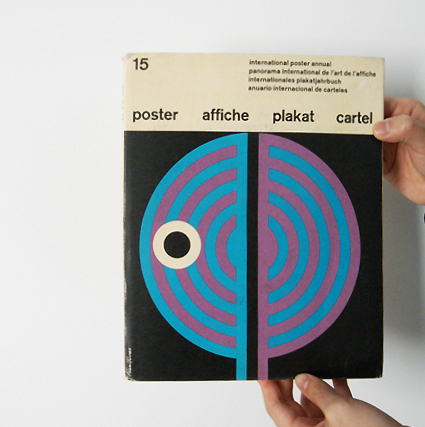
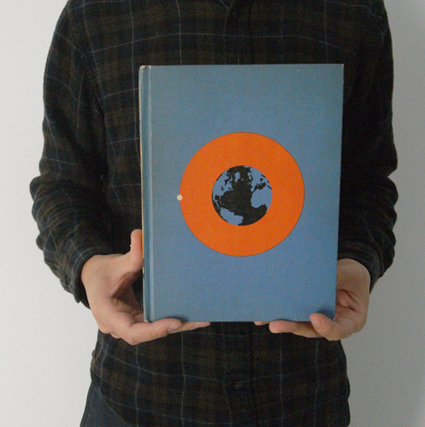
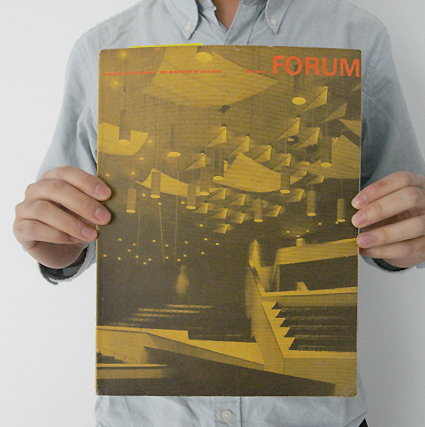
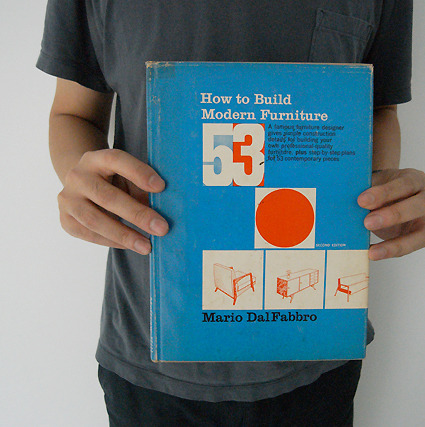
Some inspirational vintage book covers from the Itis Edition store.
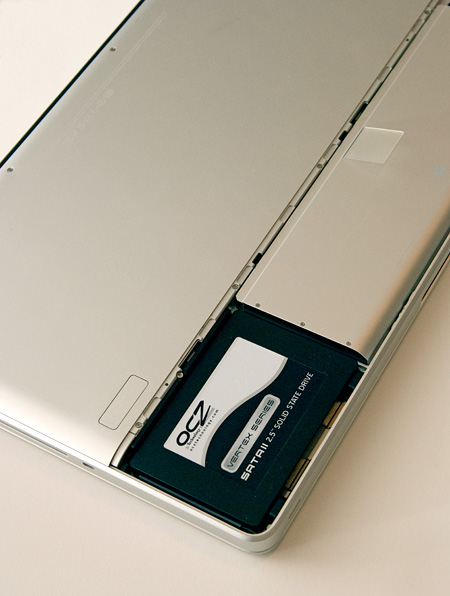
Vertex SSD installed and ready to go
After a lot of research on the various SSD manufacturers I came to the conclusion that OCZ’s drives have the best performance/quality-to-dollar ratio. I went with their Vertex 120 drive not only because it’s very fast, but also because it uses the Indilinx Barefoot controller. The concept of an SSD controller may seem a bit esoteric, but it’s very important at this relatively early stage in the development of SSD technology. Inherent to all SSD drives is a tendency to build up “garbage” which can slow performance over time (if you want to know more about SSD “garbage”, read this). The Indilinx controller has a built in mechanism to deal with this garbage and keep the drive running at optimal speeds. The garbage collection runs while the drive is idle and is completely transparent to the OS or user. This capability makes the OCZ Vertex and other drives that run the Indilinx firmware arguably the most advanced SSD’s available at this time. Only firmware 1.30 and up supports this feature but luckily the Indilinx controller supports updates. The drive I bought came with firmware 1.10 but I was able to flash it to the latest 1.30 with relatively little hassle. Apparently all new Vertex drives are shipping with 1.30 stock; mine must have been a couple months old. Here’s the method I used to update the firmware: Bootable Free-DOS for Mac ISO w/ 1.30 FW update.
While the Vertex 120 is not by any means cheap ($389 for 120GB), it is much less expensive than many comparable drives from other manufacturers. It’s the first I’ve seen that offers this kind of performance for anywhere near this price. Of course, 120GB isn’t a lot of room, so you’re going to sacrifice storage space for the speed unless you want to put up the $720 for a 250GB model. I’m not too concerned with that as I’m using the Vertex for my MacBook Pro and I don’t store most of my media and large files on there. I typically use it for live shows where I just need very high read speeds and about 20GB of space. If you’re using a desktop computer, you could alternatively keep your large standard drive and use an SSD as the OS drive.
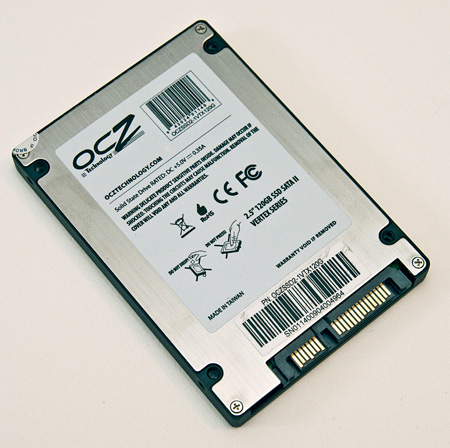
Bare drive - same form factor as a normal 2.5\
So I opened up the MacBook Pro and swapped out the old drive for the new SSD. This was very easy on the new unibody MBP and only took a few minutes. I then did a fresh install of OS X and booted up. Even after all the hype about SSD performance I was still amazed by the marked improvement in overall system performance I experienced. I could go into the minutiae of interacting with OS X running on the SSD, but suffices to say it is incredibly quick and surprisingly enjoyable.
So, on to the numbers: I did some really basic measurements to gauge the basic performance of the new drive and compared them to the original drive that came with the MBP. First I timed how long it took from power on to login screen. I chose this method so that the amount of startup items and installed apps on either particular machine wouldn’t effect the time.
Power On to Login Screen – MacBook Pro OS X
With standard drive: 75 seconds
With Vertex SSD: 28 seconds
The boot time for the SSD was nearly triple the speed of the standard drive. But this doesn’t tell the whole story, boot times are dependent on a lot more than raw hard drive speed so even though the difference is impressive, it’s still not telling of how fast this drive really is. For that we need hard numbers. I used the free Xbench to measure the drive speeds and give a better picture of the wide chasm that separates these two drives.
Original Drive Scores (Stock Mac Hitachi 320GB)
Overall Score: 34.13
Sequential Read: 43 MB/sec
Sequential Write: 54 MB/sec
Random Read: 17 MB/sec
Random Write: 22 MB/sec
SSD Scores (OCZ Vertex)
Overall Score: 229.2
Sequential Read: 202 MB/sec
Sequential Write: 169 MB/sec
Random Read: 154 MB/sec
Random Write: 176 MB/sec
As you can see, the SSD destroyed the standard drive in every conceivable way. The speeds I am seeing are nearly comparable to my RAID0 system which has 3 drives and a highpoint controller and cost me over double the amount I paid for the Vertex SSD. Throw in the fact that the Vertex uses hardly any power (great for notebook battery life) and has no moving parts to break down and you’re looking at a bargain. If you’re looking for a way to speed your rig up I highly advise looking into getting a SSD. Just keep in mind that SSD is a very nascent technology in the grand scheme of computing. If you don’t really need a drive now I would hold off a little and wait for the industry to develop. Prices have been falling very steeply while performance and disk space has steadily increased. If there’s one thing that consumer computer technology has taught us it’s that this trend will most definitely continue until SSD drives become the norm.
If anybody currently has an SSD let us all know your experiences in the comments.
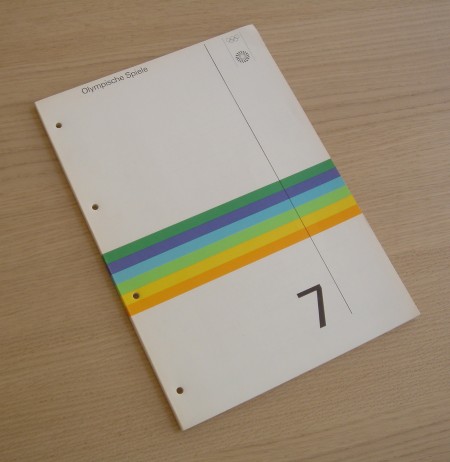
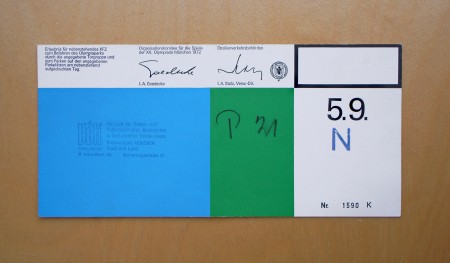
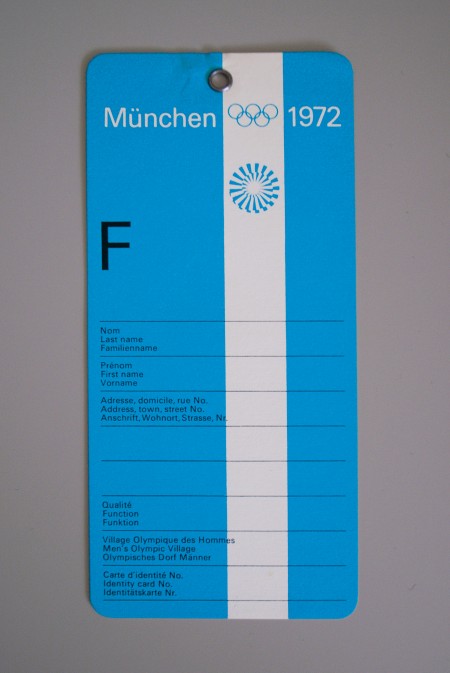
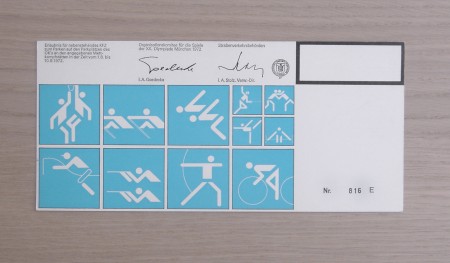
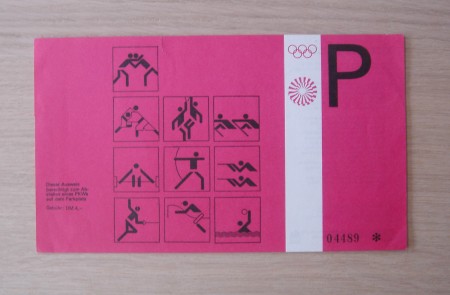
Alphanumeric has a great set of Otl Aicher work including these artifacts from the 1972 Munich Olympics. As much as I love the posters from Munich, there’s something about the official stuff (tickets, badges, etc.) that might be even more fun to look at. I love how they combine form with function and you can never go wrong with serial numbers. It’s amazing to think that people defiled that beautiful luggage tag with their names and addresses. I guess that’s what makes these all the more interesting, the fact that most were destroyed by being used for their intended purpose.

I can’t say I’m in love with Swisscom’s new logo by itself, but I will say that the overall rebrand feels right as a whole. The type treatment is solid and the logo — although downright ugly standing still — lends itself well to motion and reinterpretation on packaging. The rebrand was headed up by Moving Brands (apparently with help from Dalton Maag).
I’m not trying to diminish what Moving Brands has done — they know way more than I’ll ever know about brands and how people perceive them, and hell, for all I know this is the best logo ever made and it’s singlehandedly going to increase Swisscom’s annual revenue by 1600% — but seeing a room full of designers standing around an idea board like that and thinking about the hours and weeks and months and millions of dollars that go into a project like this… Well, I sometimes wonder why these big corporations don’t just surf Behance for like and hour or something, find the kid with the best logos, throw him like $50K (which will completely blow his mind and make him your slave basically) and give him like 6 months. I bet he comes up with something just about as good and you saved like $20 million or whatever the hell they pay huge agencies these days. Ok, that’s probably all a bit of a stretch, but it does cross my mind, and if I become CEO of a european telecom giant you better believe I’m at least going to look into the idea. Actually, Moving Brands should have just done the same thing and pocketed the difference, all those guys would be doing burnouts in Ferraris wearing whale skin jackets now instead of standing around a chalkboard.
All that aside, what’s amazing to me is that these companies had the presence of mind and resources to film the process. I can’t imagine what it must have been like for the poor designers over at Moving Brands having some guy with a camera always looking over their shoulder, sounds like a nightmare to me. Of course, a lot of this could have been compiled after the fact, but it’s still an interesting look inside the process of high level design shops. I’ve always wanted to do something similar for one of my posters — capture it from start to finish — but I’m convinced that the second I started the camera I would make the worst thing ever and as hard I tried I would never actually catch anything good happening. Maybe that would be more fun, the time-lapse frustrated designer movie. Video Link
More details and pictures over at Brand New
Via LogoDesignLove